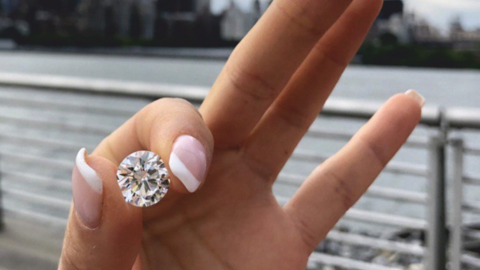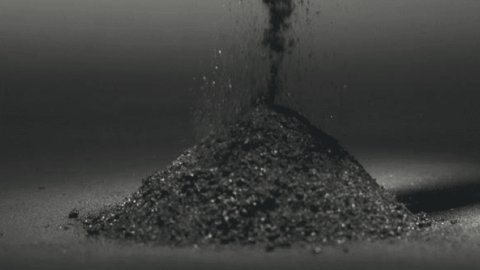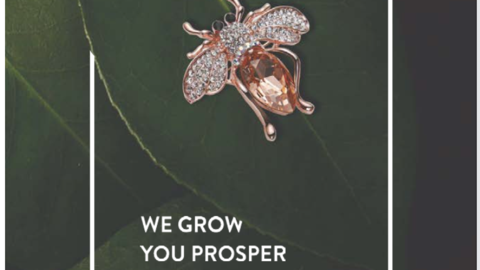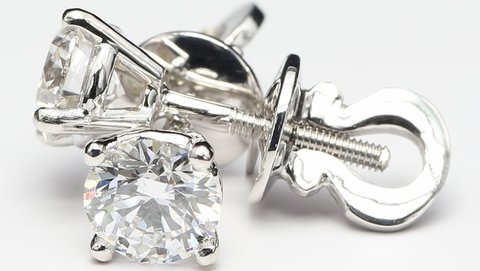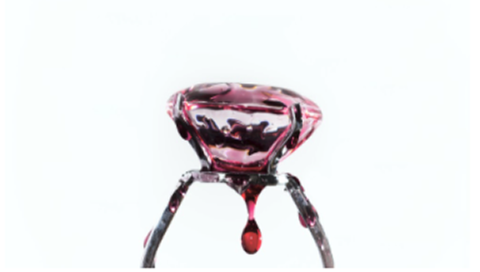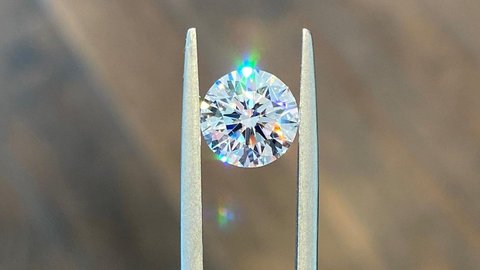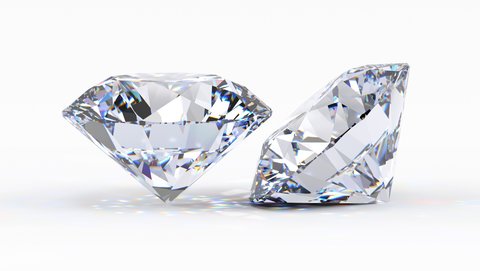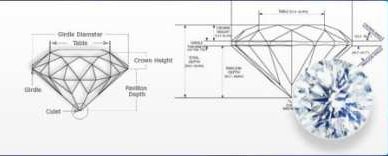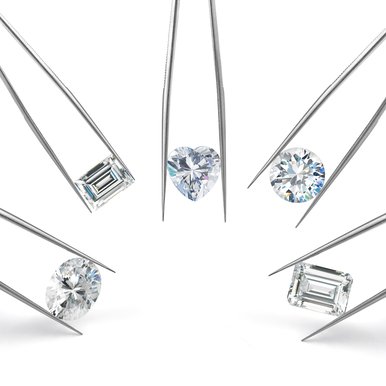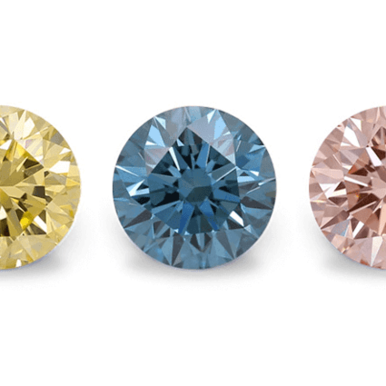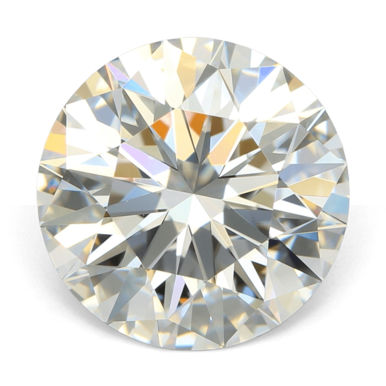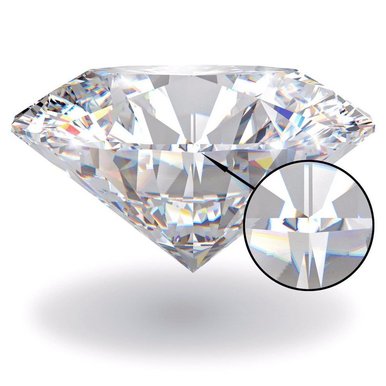Choosing an Ideal Engagement Ring
The most important steps to take at the beginning of the process of finding the perfect engagement ring:
1. Establish Your Budget
First thing to do is establish a budget, some believe that there are rules to set it correctly, some say that a 2 month salary as a budget is the right set up. Truly saying, if you want to make your loved one happy, especially if you are choosing a ring forever, some extra space in budget won't be superfluous.
2. Find out the ring size
One of the most basic parts is identifying her ring size. The moment when you propose is the most exciting and thrilling, no one wants it to end in the part of putting the ring on her finger... which won't fit! So to avoid such an unwanted outcome, take one of her rings (most women have more than one, so the chances are high that she won't notice the disappearance) and bring it to your jeweler to find out the correct size!
3. Choosing the Engagement Ring Band
When choosing the engagement ring band you should take in consideration such factor as a size and shape of the diamond, the bigger the stone is the thicker the band should be, otherwise it would look disproportionate, take advice from your jeweler to on the size and style of the band.
Another part not to forget is the material which will be used, there are different variants of gold and silver and possibility of having different colors of them, the most popular are yellow gold, rose gold, white gold, platinum, and silver.
4. Picking the ideal diamond
A diamond is graded by using the 4C's (carat weight, cut, clarity and color), all 4 should be considered when choosing the right diamond.
Carat Weight
The size of a diamond is measured in carats, by world standards 1 carat is equal to 0.2 grams or 200 milligrams. In 1877 with the help of the Syndical Chamber of Jewelers in Paris a metric carat of 200 milligrams (being exactly one fifth of a gram) had been suggested and in 1907 finally accepted by the International Committee of Weights and Measures. It took a few years for that standard to be spread widely and accepted everywhere.
Clarity
Clarity of a diamond is what determines its quality. The clearer a diamond, the higher its price. Inclusions (internal characteristics) and blemishes (surface defects) is what determines the clarity. Inclusions get trapped inside a diamond as it was forming. They may have different location, structure, color and type (e.g. clouds, feathers, included crystals or minerals, knots, cavities etc.) Blemishes form due to imperfect cut and polishing of a diamond. They can be found on the surface of a diamond, thus changing its overall look. They categorize as polish lines, grain boundaries, naturals, scratches, nicks, pits etc.
Cut
Defines how well the diamond is cut. The better the cut, the more facets retract the light inside the diamond, allowing the brilliance to bring astonishing sparkle. Commonly, the cut is considered as the most important of the diamond 4C's.
Selecting the Diamond Shape
In addition to the four C’s, you’ll also want to take into consideration a diamond’s shape. The shape of the diamond is all a matter of your girlfriend’s preference, the most classic shape when speaking of a diamond is round even though there are lots of different fancy shapes, such as Ovals, Pears, Cushions, Radiants, and many others.
Color
Lab-grown diamonds color grading is the same as in mined diamonds – from D to Z, where D is colorless and Z stands for light yellow or brown tint. The easiest way to determine the color grade is to use a master set. The system of color grading used by GIA remained unchanged for more than 65 years already.


